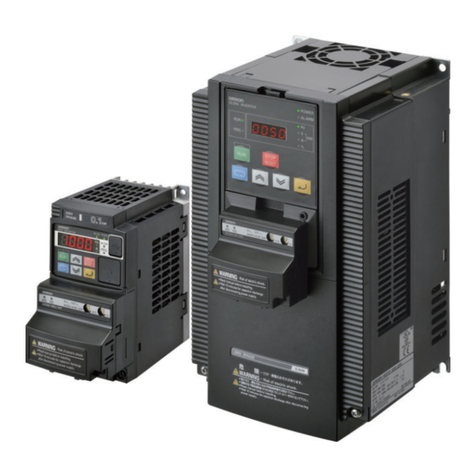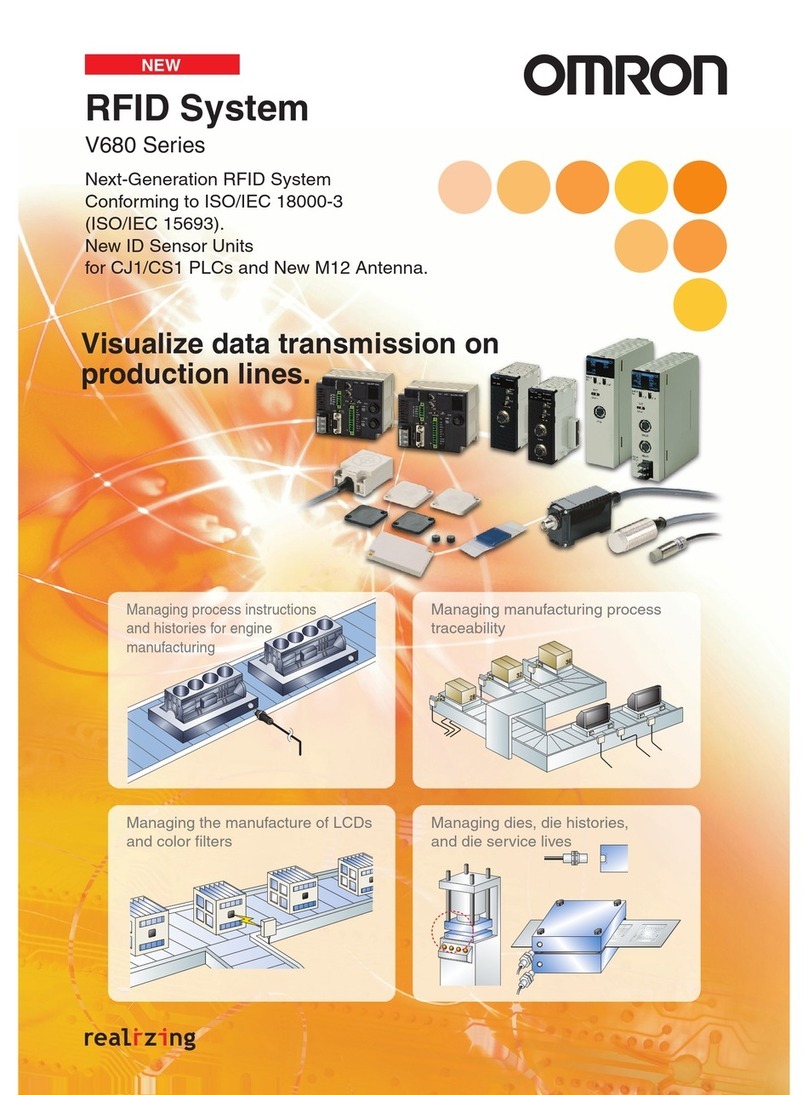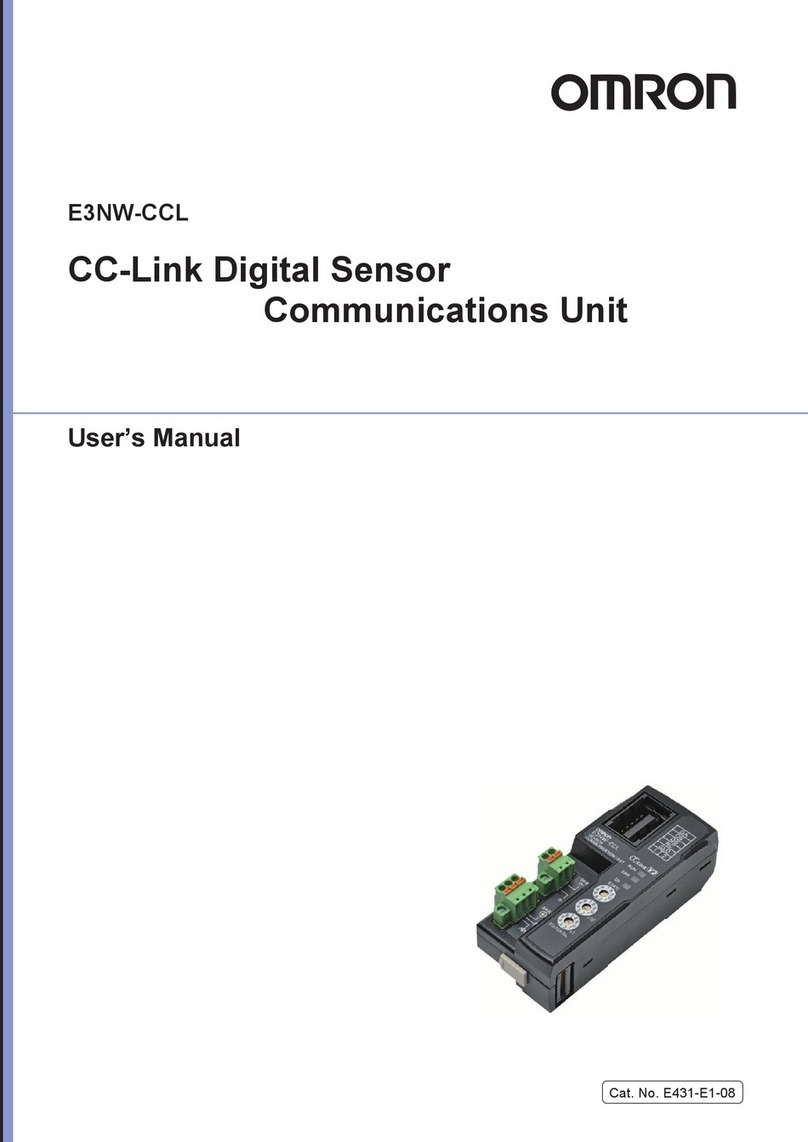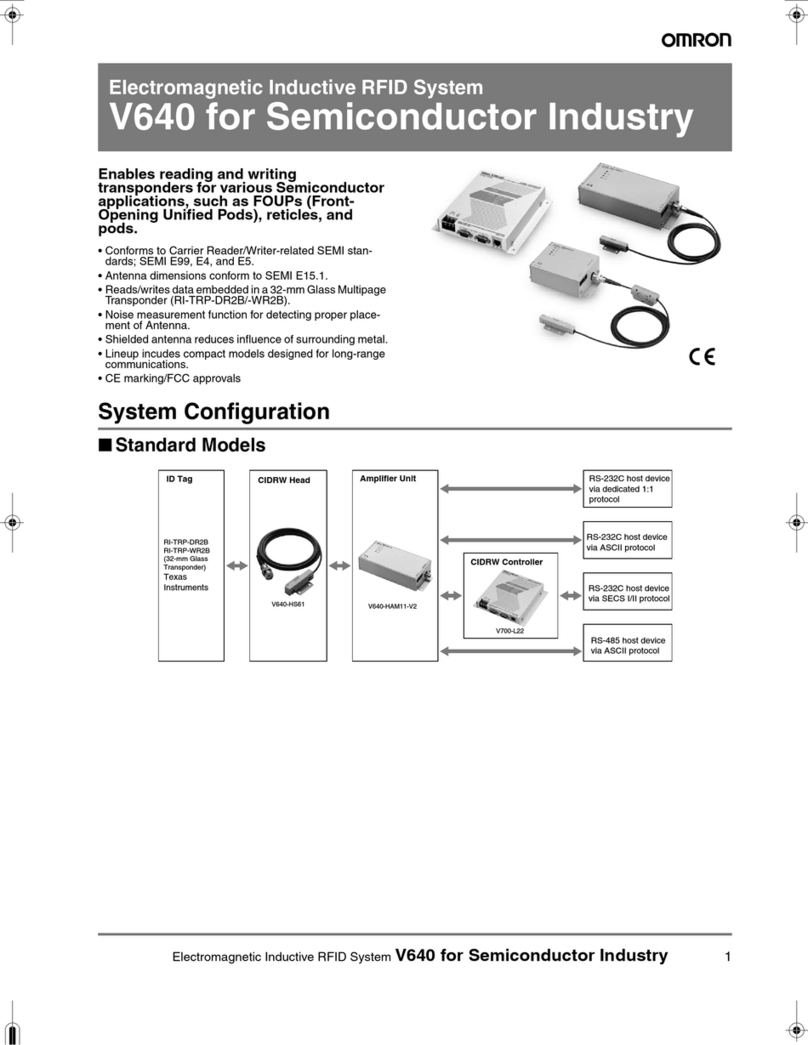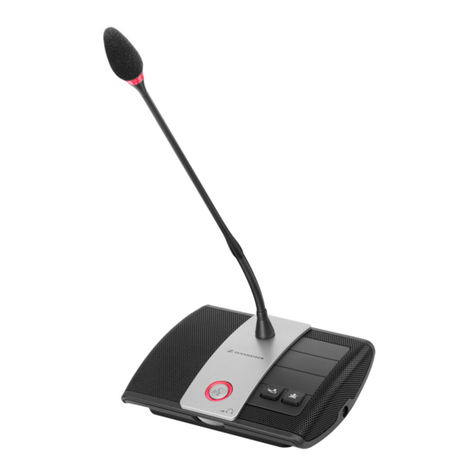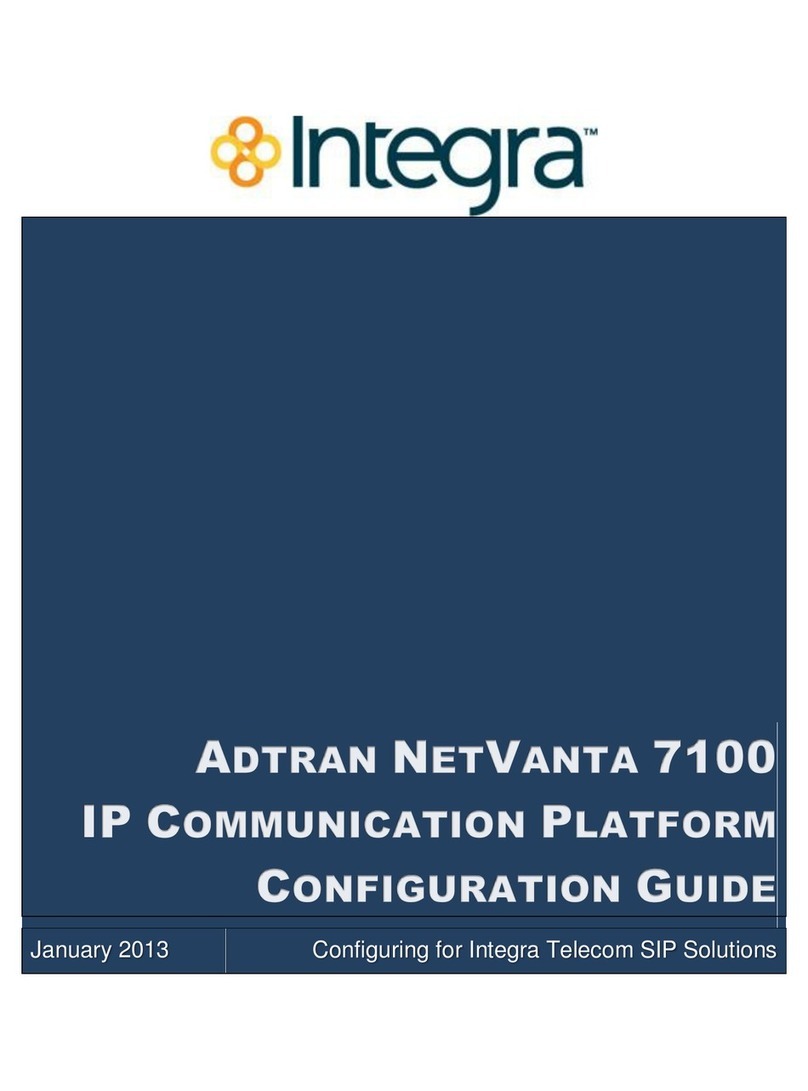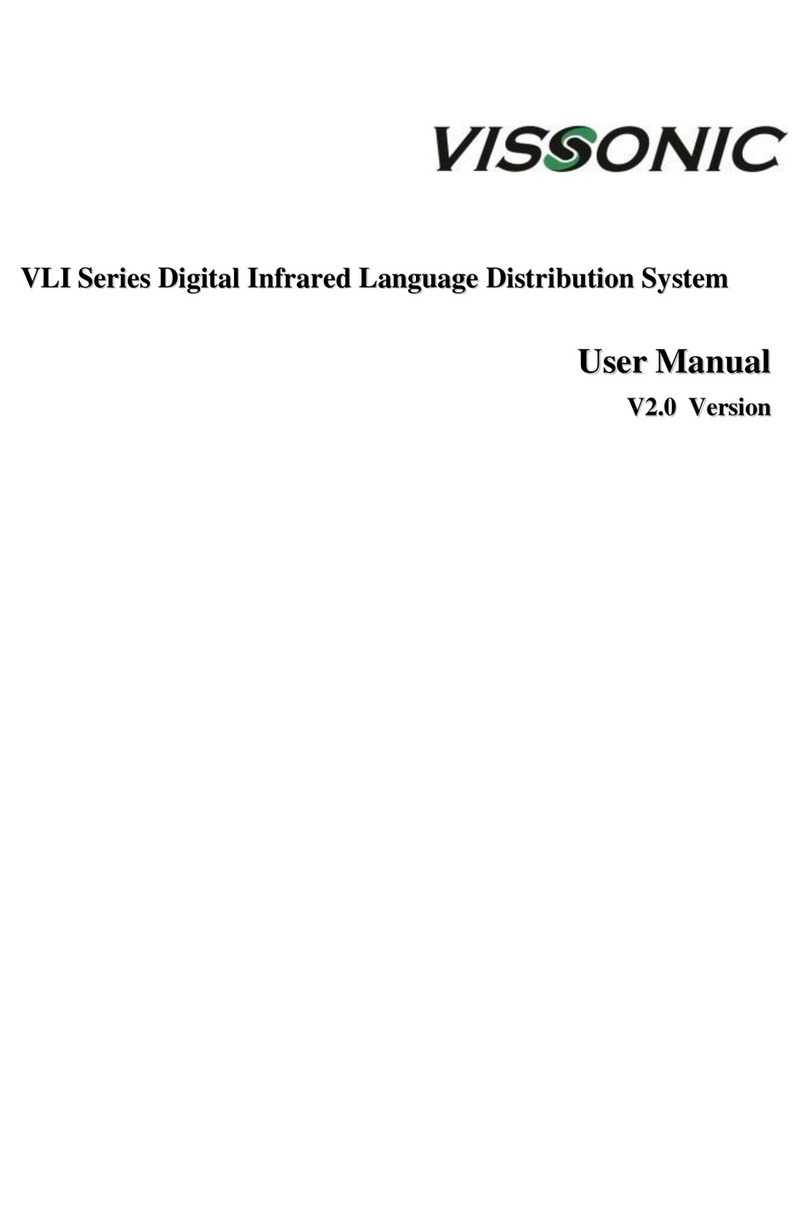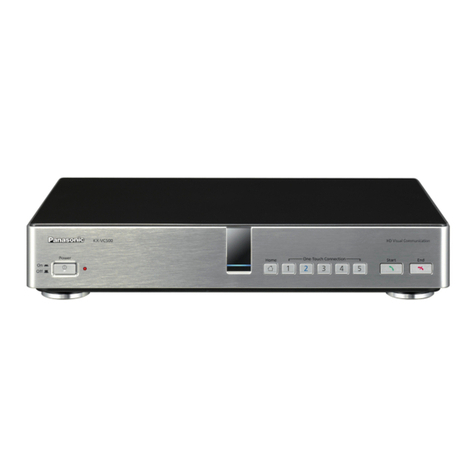Omron GRT1-CRT - 05-2008 User manual
Other Omron Conference System manuals

Omron
Omron Sysmac E3X-ECT User manual
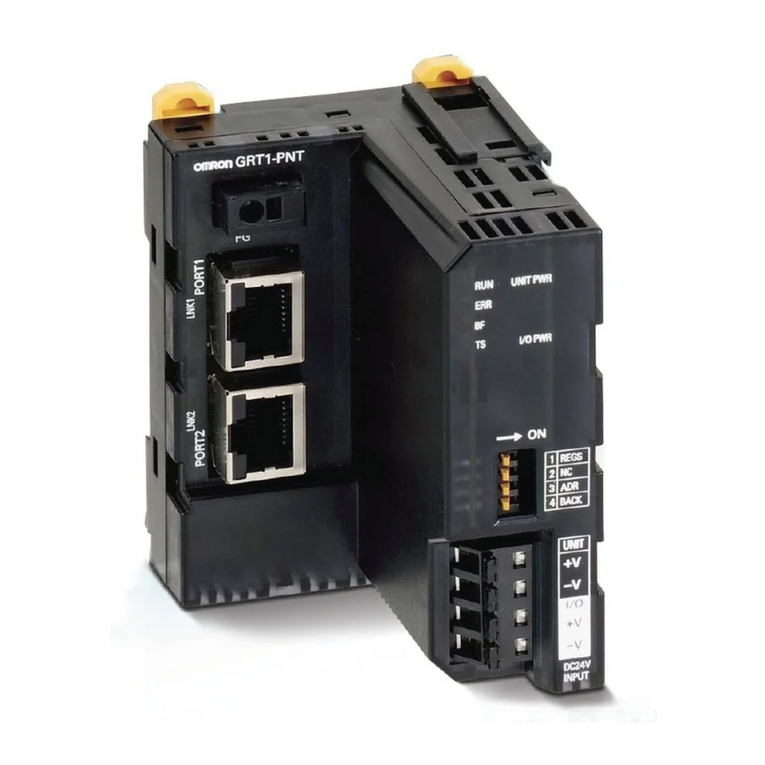
Omron
Omron GRT1-PNT - 2 User manual
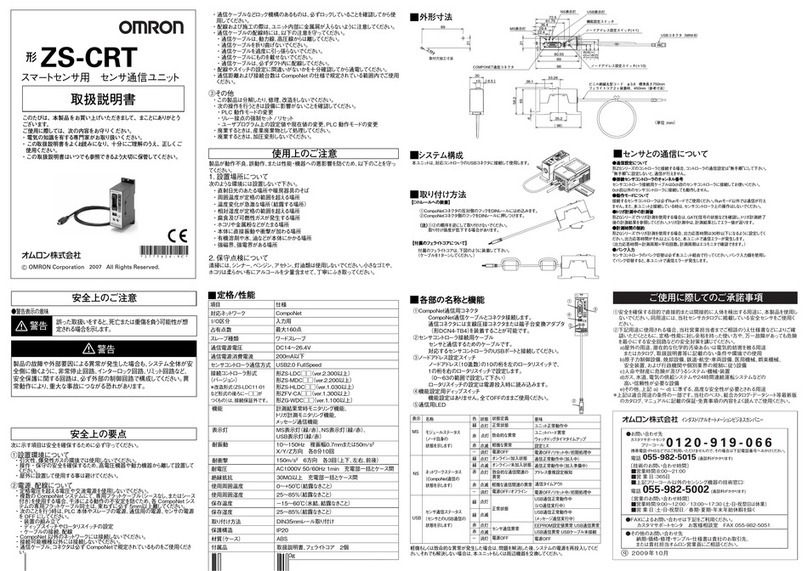
Omron
Omron ZS-CRT User manual
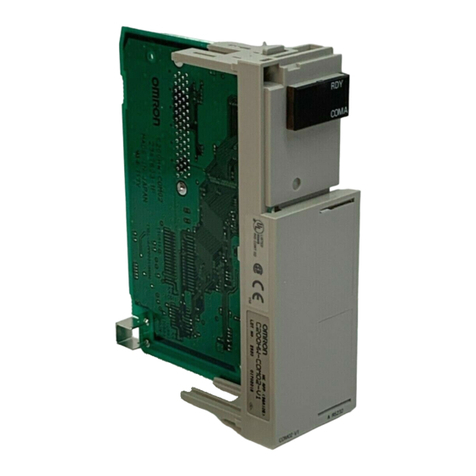
Omron
Omron C200HW-COM01 User manual
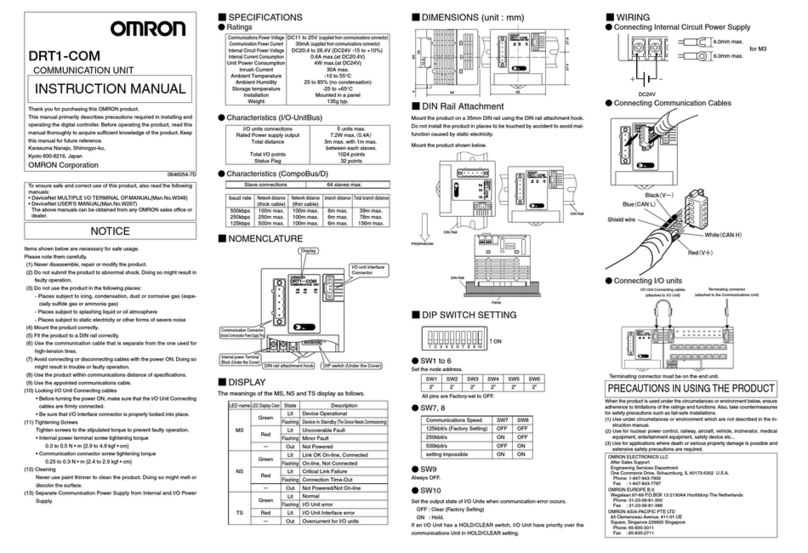
Omron
Omron DRT1-COM User manual
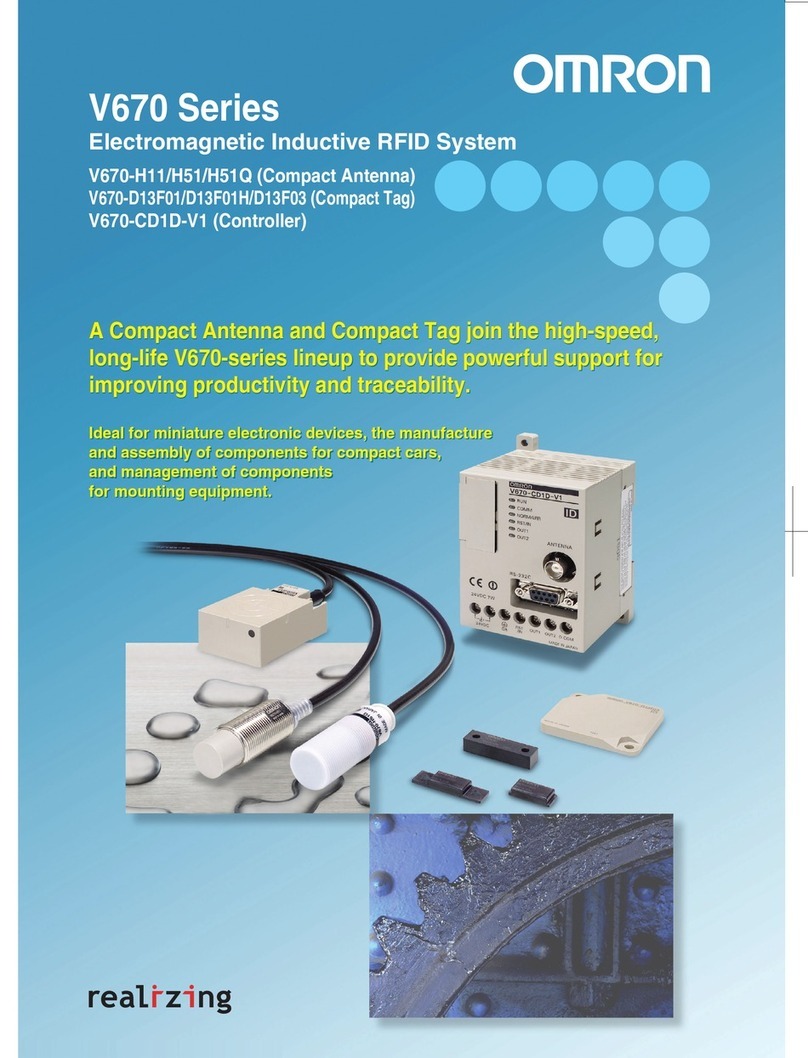
Omron
Omron V670 Series User manual
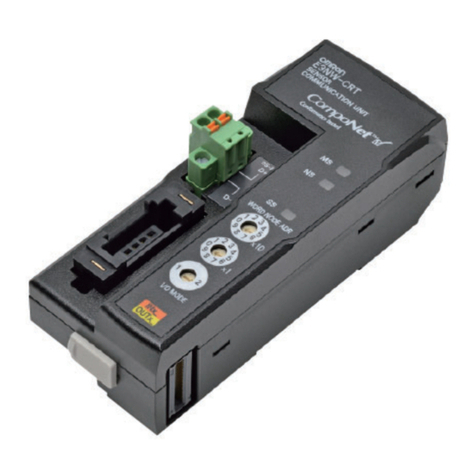
Omron
Omron CompoNetT E3NW-CRT User manual
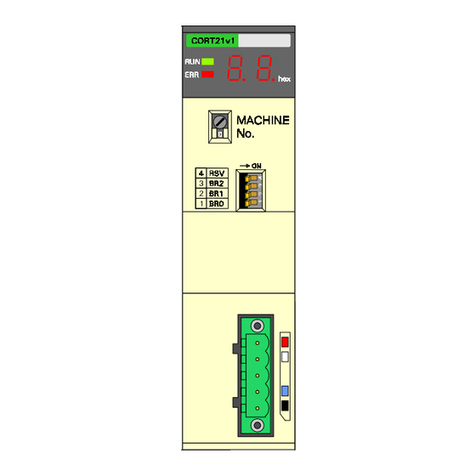
Omron
Omron C200HW-CORT21-V1 User manual
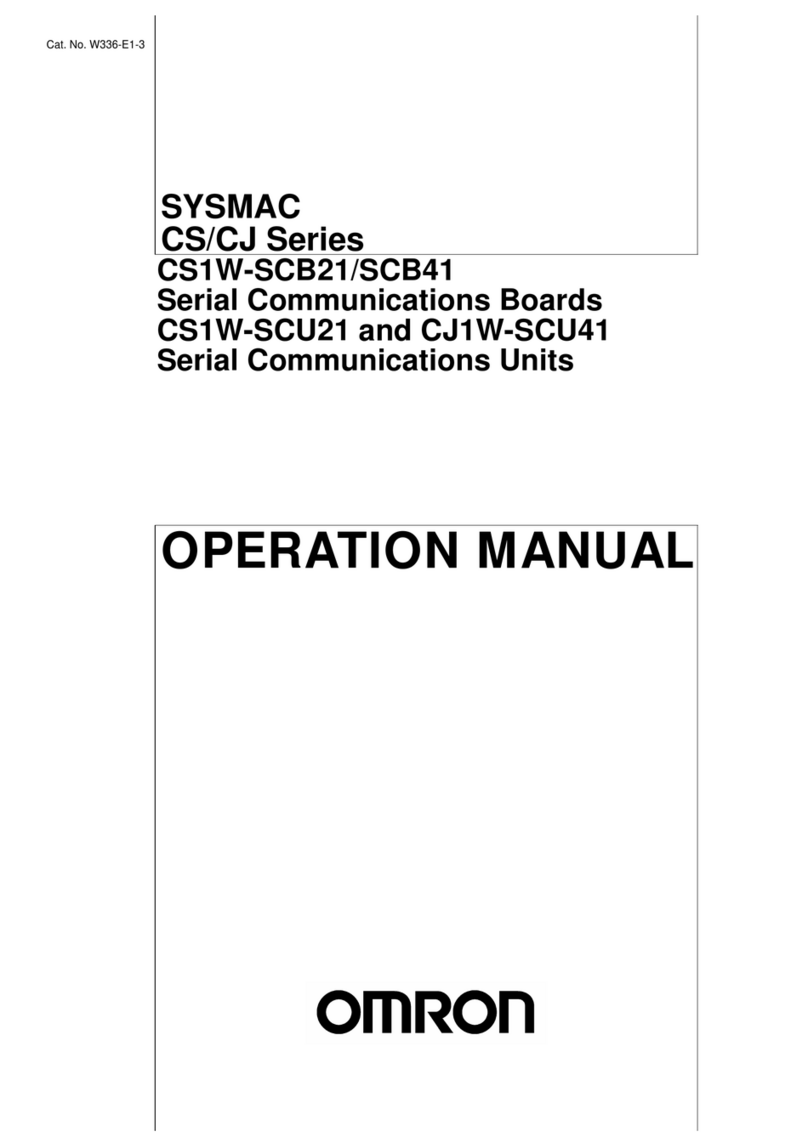
Omron
Omron CS1W-SCU21 User manual

Omron
Omron SMARTSLICE - 04-2008 User manual
Popular Conference System manuals by other brands

Jabbla
Jabbla Tellus 6 operating instructions

LY International Electronics
LY International Electronics H-9500 Series Installation and operating manual
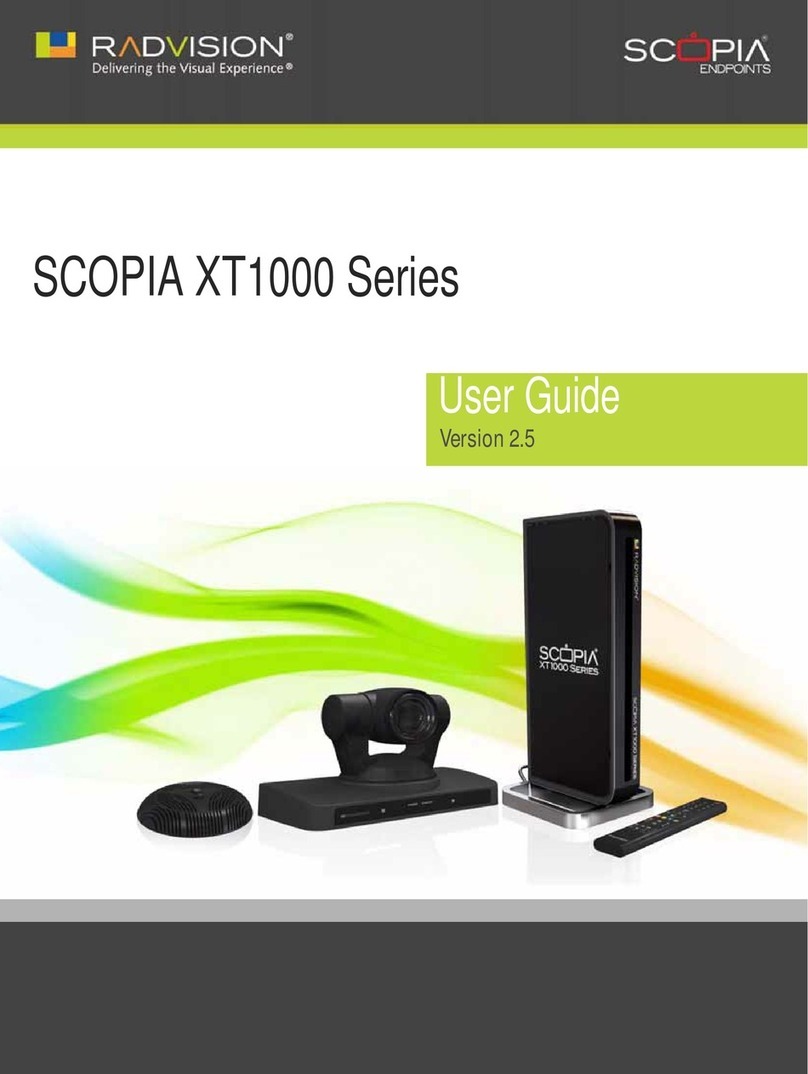
RADVision
RADVision Scopia XT1000 user guide

AT&T
AT&T MERLIN LEGEND Reference

Polycom
Polycom RealPresence Group Series setup sheet
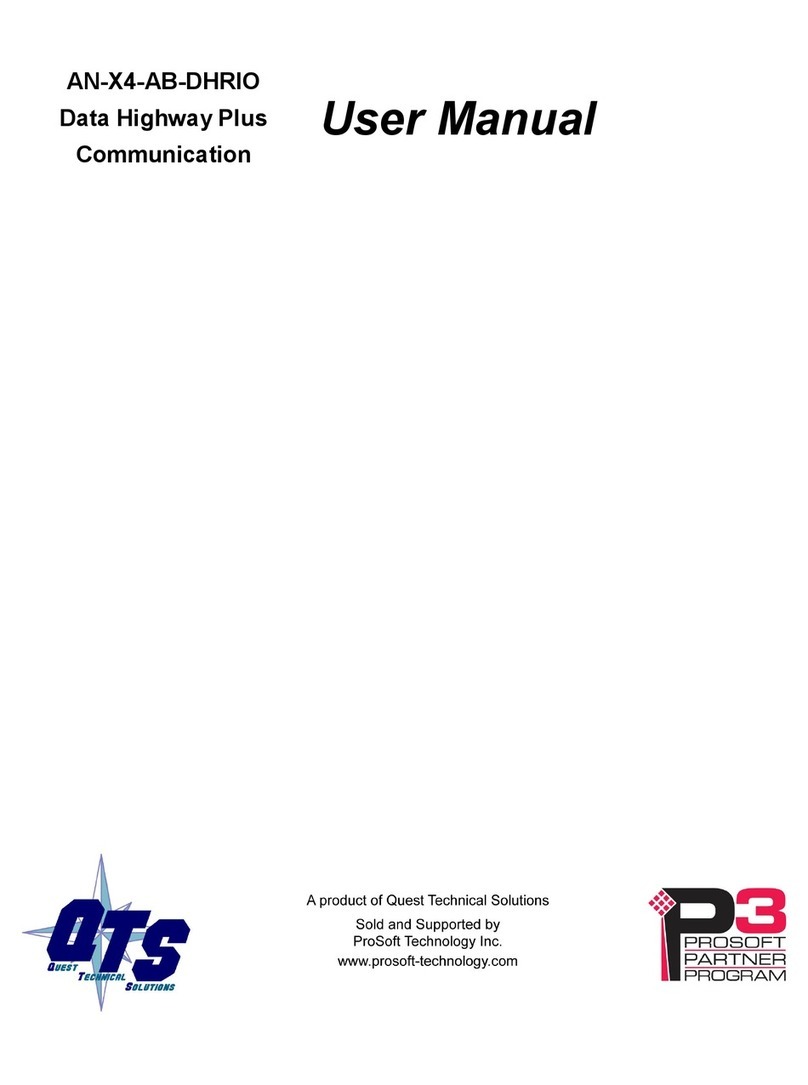
ProSoft Technology
ProSoft Technology AN-X4-AB-DHRIO user manual
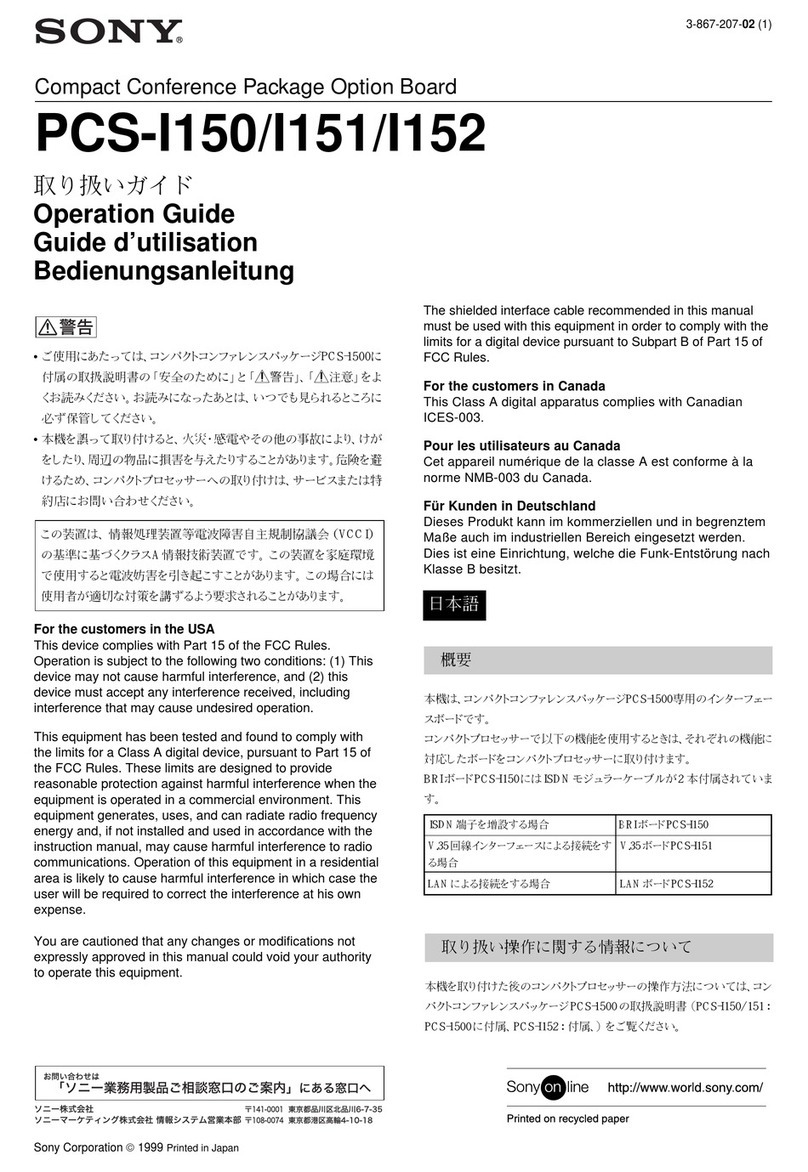
Sony
Sony PCS-I150 Operation guide
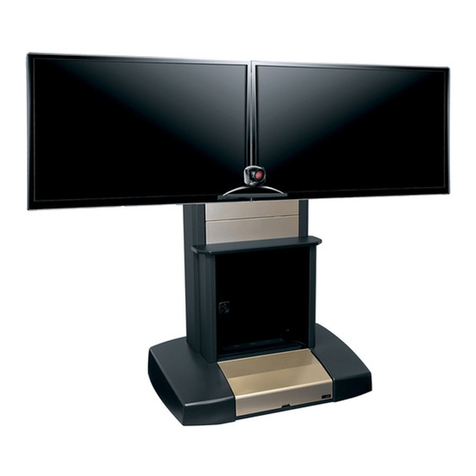
Middle Atlantic Products
Middle Atlantic Products VTC Series instruction sheet
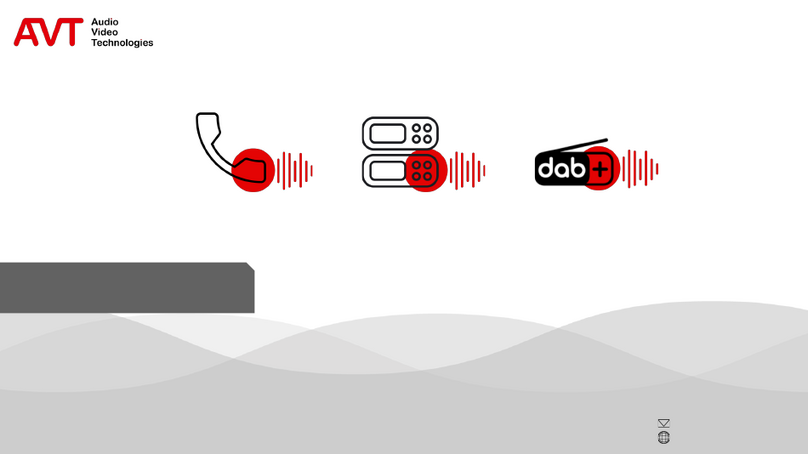
AVT
AVT MAGIC AC1 Go Configuration guide

Prentke Romich Company
Prentke Romich Company Vanguard Plus Setting up and using
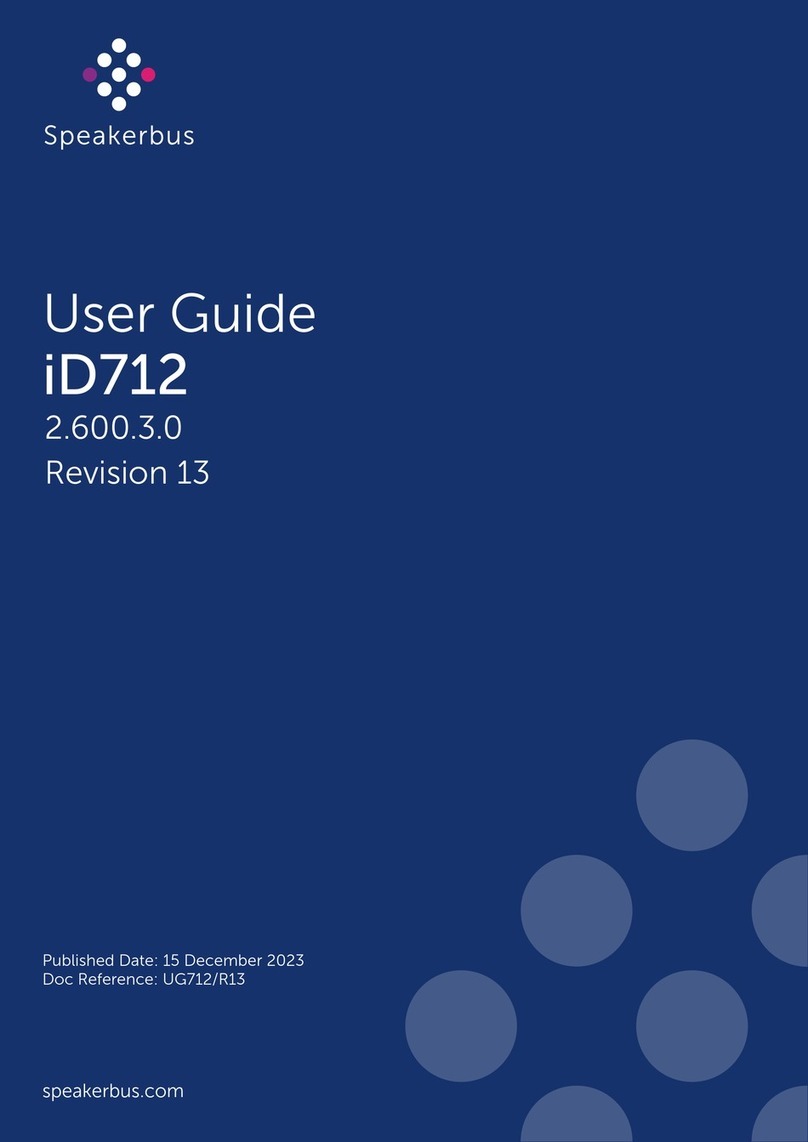
Speakerbus
Speakerbus iD 712 user guide

Trelleborg
Trelleborg SafePilot CAT PRO user guide
